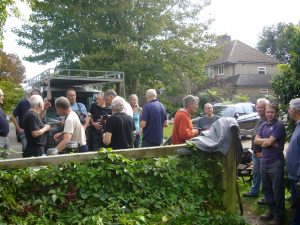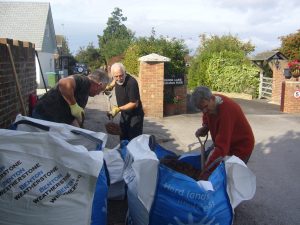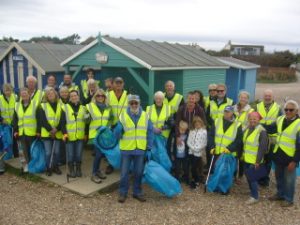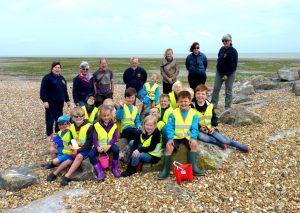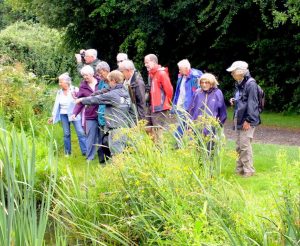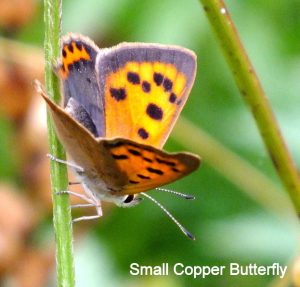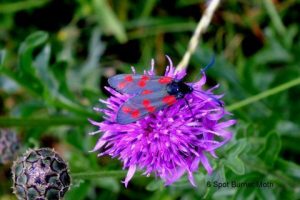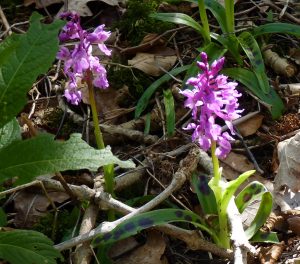We welcomed David Johnston to open our October Meeting. With an audience of over 70 members and visitors David enchanted us with his fascinating collection of photographs from his delightful book entitled ‘A Sussex Wayfarer’s Nature Notes’. This collection of photographs commenced from 1987 when David and his wife Sue would walk in the Sussex countryside and David would note everything they came across, including old farm buildings and machinery, animals, birds and flowers. This very soon built into an impressive archive of over 6,000 35mm slides and photographs – and these are now in possession of the West Sussex Records Office.
David would always make a point of entering into conversation with country folk he encountered along the way and these chats were recorded and made into a collection of country diaries that added yet another dimension to his observations. Many photographs were taken during 1987 both before and after the great storm of that year with David highlighting the contrast of these ‘before and after’ scenes as evidence of the sheer devastation this storm caused.
Tricia Hall delivered her Nature Notes by informing us that both she and Peter Dale had completed a count of the many trees that were planted along the banks of the Rife in 2011. Out of a total of 1,000 trees it was estimated that almost 50 per cent had survived. Kathryn Stillman had photographed 24 Little Egrets on a tree along the west bank of the Rife and a Kingfisher had been spotted at the southern end. Also in the area, a fairly common but very secretive Water Rail had been seen, a Stone Chat, Snipe, a Grey Wagtail and Ring Plover had been sighted on the ploughed area of the Goring Gap. Tricia commented that few butterflies had been seen in late summer especially the Small Tortoiseshell, although they were abundant in the spring. Unusually the honeysuckle along the Rife was experiencing a second flowering.
Ed Miller brought us up to speed with planning news by advising us that planning permission for a ninth residence at the former Beehive Cottage site had been refused. Also WSCC Highways were soon to take action on the road layout to make it safer for vehicles entering Sea Lane from the southern exit of Sea Lane Gardens.

